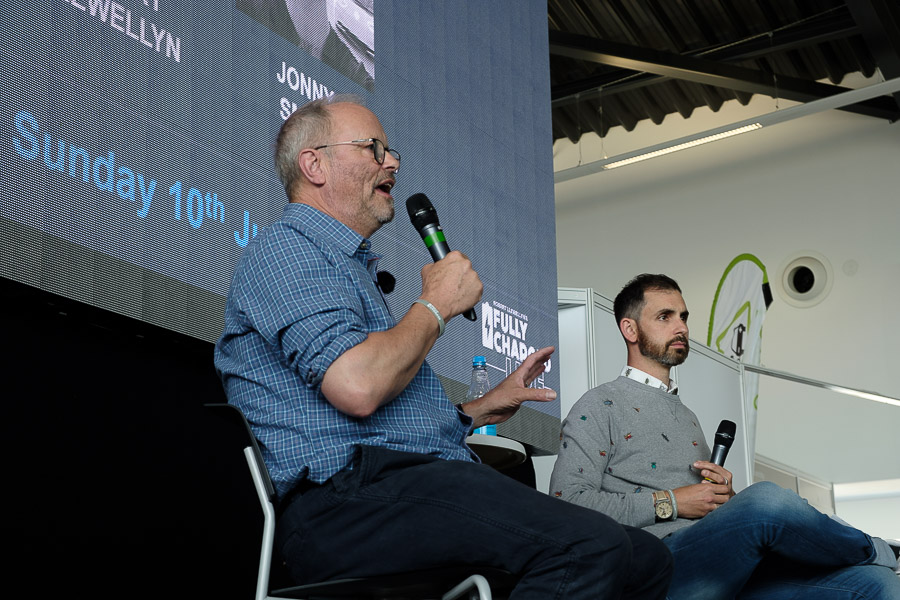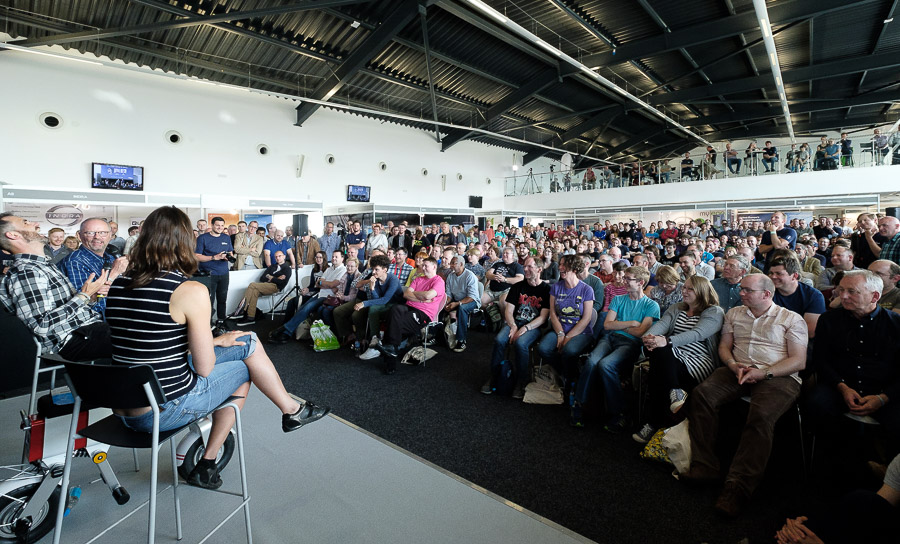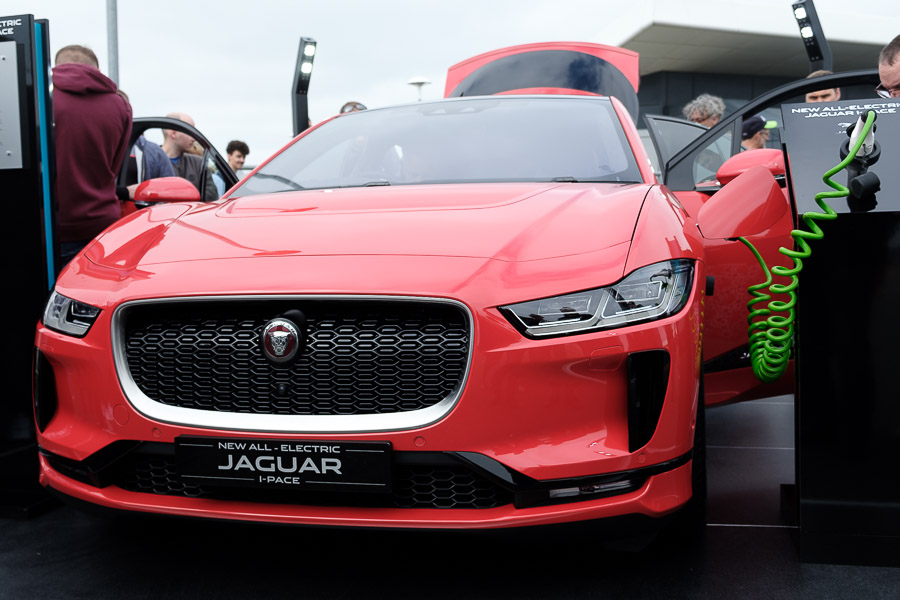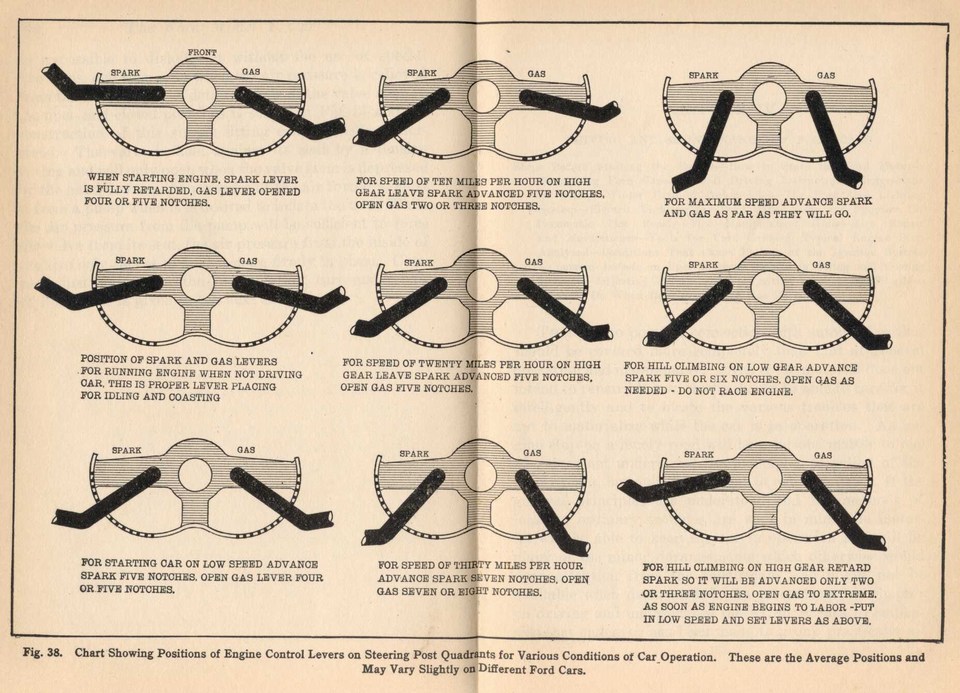One YouTube channel that I’ve been following for really quite a long time is Fully Charged, a series discussing electric vehicles, home power generation, renewable energy and other related topics. It does so in an amusing and light-hearted way, not least because it’s hosted by Robert Llewellyn, also known for his roles in TV series such as Red Dwarf, who’s a naturally engaging host. More recently he’s been joined by the motoring journalist Jonny Smith, previously a presenter on Fifth Gear. They make a great couple.

This weekend saw the first Fully Charged Live event, a two-day gathering at Silverstone organised by the team, with talks, exhibitions, demos of electric vehicles, and much else besides. This was quite a leap of faith for a small, self-published show – it was a big financial commitment and they were very nervous about whether it would be a success, but it seems to have been resoundingly so, to the extent that the catering and A/V facilities were rather overwhelmed on the first day, and extra arrangements had to be made – things went much more smoothly today.
Robert told me that they’d sold well over 5,000 tickets in advance and quite a lot more were bought at the event. Many people, like me, came for both days, so there must have been a good three or four thousand people there, I imagine, and the feeling of goodwill in the air was palpable; everyone wanted it to succeed.

There were lots of interesting vehicles to see; the Jaguar iPace was naturally getting a lot of attention, not surprisingly: it’s the most interesting big cat since the E-type, and the first I’ve actually wanted to own.

When it’s about 10 years old, I might be able to afford one.
In the meantime, I got to try out a couple of electric scooters, which were great fun — I think we’ll see more of those — and there were some lovely electric conversions of classic vehicles: I was particularly taken by these:


I, on the other hand, was staying nearby in my recently-acquired and non-electric campervan (of which more in a future post). This meant, that despite actually owning an electric vehicle, I actually turned up to Fully Charged Live in a VW diesel. I was joking with people that I needed a bumper sticker: “My other car is electric!”
I also got to meet Nikki Gordon-Bloomfield, whose Transport Evolved news show I’ve also been watching and supporting (in a very modest way) via Patreon for some time.
All in all, a fun and informative event. I wish it every success for the future, and will wear my T-shirt proudly.












Recent Comments